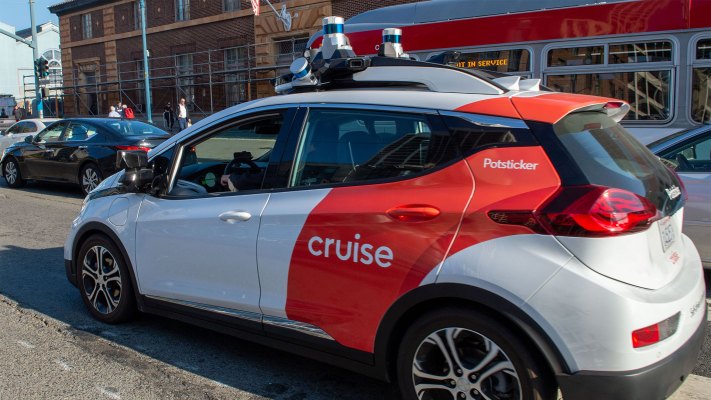GM self-driving car subsidiary Cruise issued a recall for 950 vehicles equipped with its autonomous vehicle software following a crash that left a pedestrian, who had initially been hit by a human-driven car, stuck under and then dragged by one of the company’s robotaxis.
The company said in a blog post and in the recall notice filed with the National Highway Traffic and Safety Administration that it issued the recall after an analysis of the robotaxi’s response October 2 found the “collision detection subsystem may cause the Cruise AV to attempt to pull over out of traffic instead of remaining stationary when a pullover is not the desired post-collision response.”
In that October incident, a pedestrian was struck by a human driver and then landed in the adjacent lane where a Cruise robotaxi was driving. The robotaxi initiated its brakes and came to a stop with the pedestrian under the vehicle. The robotaxi then attempted to pull over, dragging the woman some 20 feet.
“Although we determined that a similar collision with a risk of serious injury could have recurred every 10 million – 100 million miles of driving on average prior to the software update, we strive to continually improve and to make these events even rarer. As our software improves, it is likely we will file additional recalls to inform both NHTSA and the public of updates to enhance safety across our fleet,” the company wrote in the blog post.
Cruise and its parent company GM had been under increased scrutiny for weeks following several incidents, including a collision with an emergency response vehicle. The opposition turned into regulatory action, however, following the October 2 event.
The California Department of Motor Vehicles and the state’s Public Utilities Commission pulled all permits that allowed Cruise to commercially operate a fleet of robotaxis on public roads in San Francisco. Two days later, the company paused all driverless testing and operations across its fleet, which included Austin, Houston and Phoenix. It also halted production of its custom-built Cruise Origin vehicles.
The company has been in crisis mode ever since, particularly as new reports have emerged that expose the company’s safety practices and potential flaws in its software. Cruise is also facing federal investigations into how autonomous vehicles interact with pedestrians.
Cruise said in its blog post, confirming earlier reports, it is conducting a search to hire a chief safety officer who will report directly to the CEO, hired Exponent to conduct a technical review and retained law firm Quinn Emanuel to examine Cruise’s response to the October 2 incident, including the company’s interactions with law enforcement, regulators and the media.
